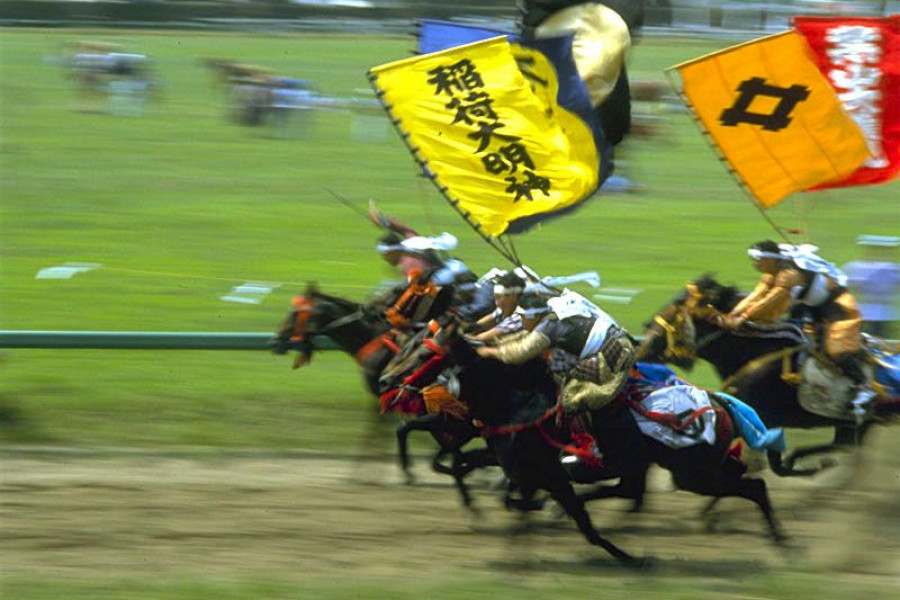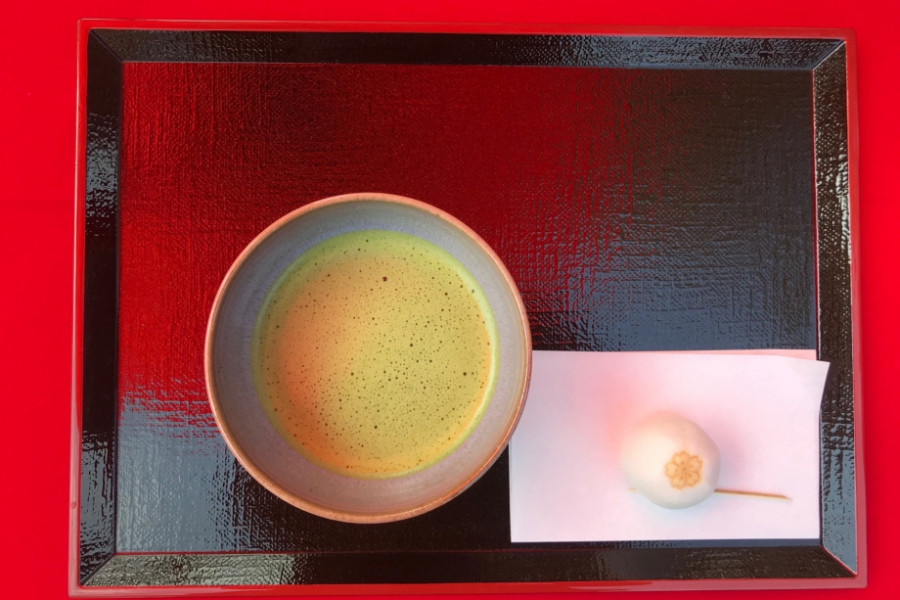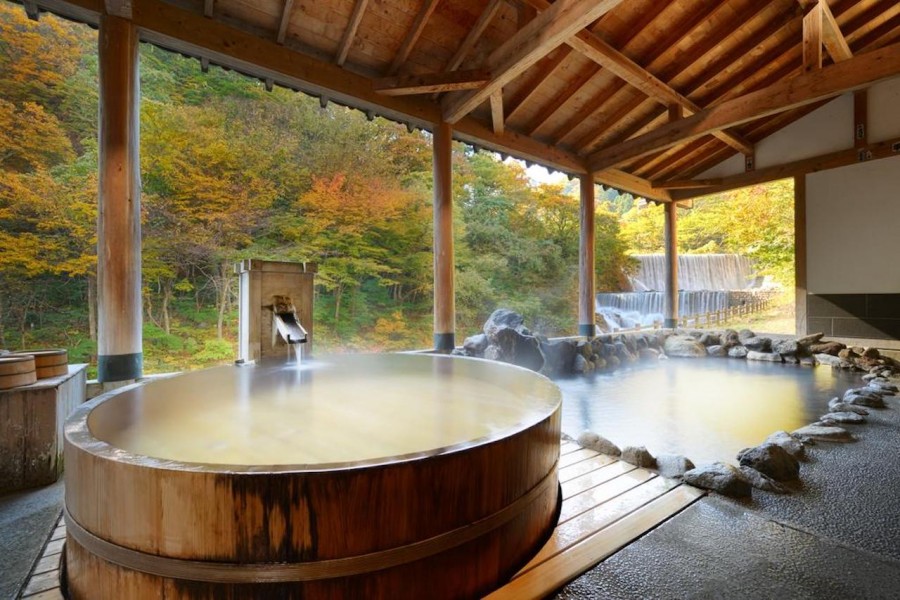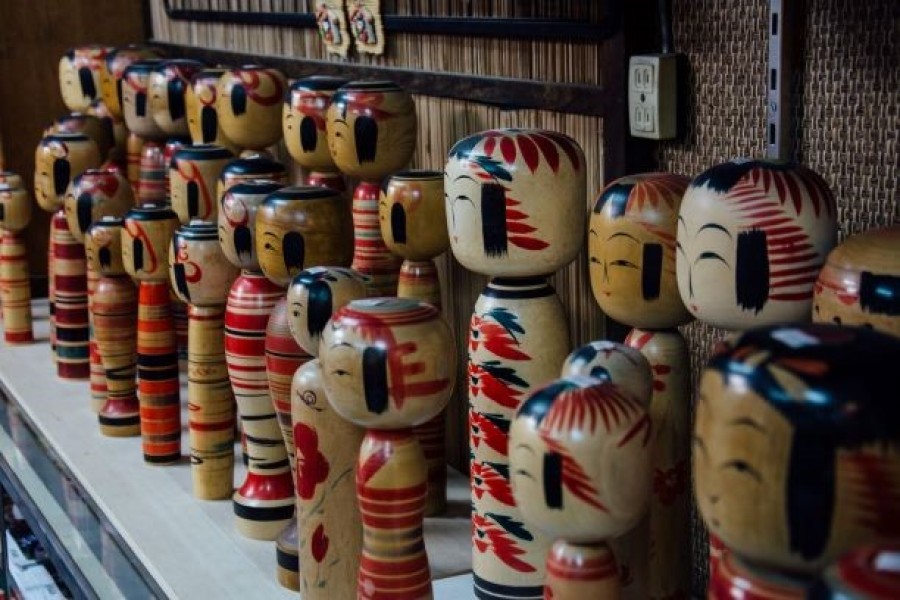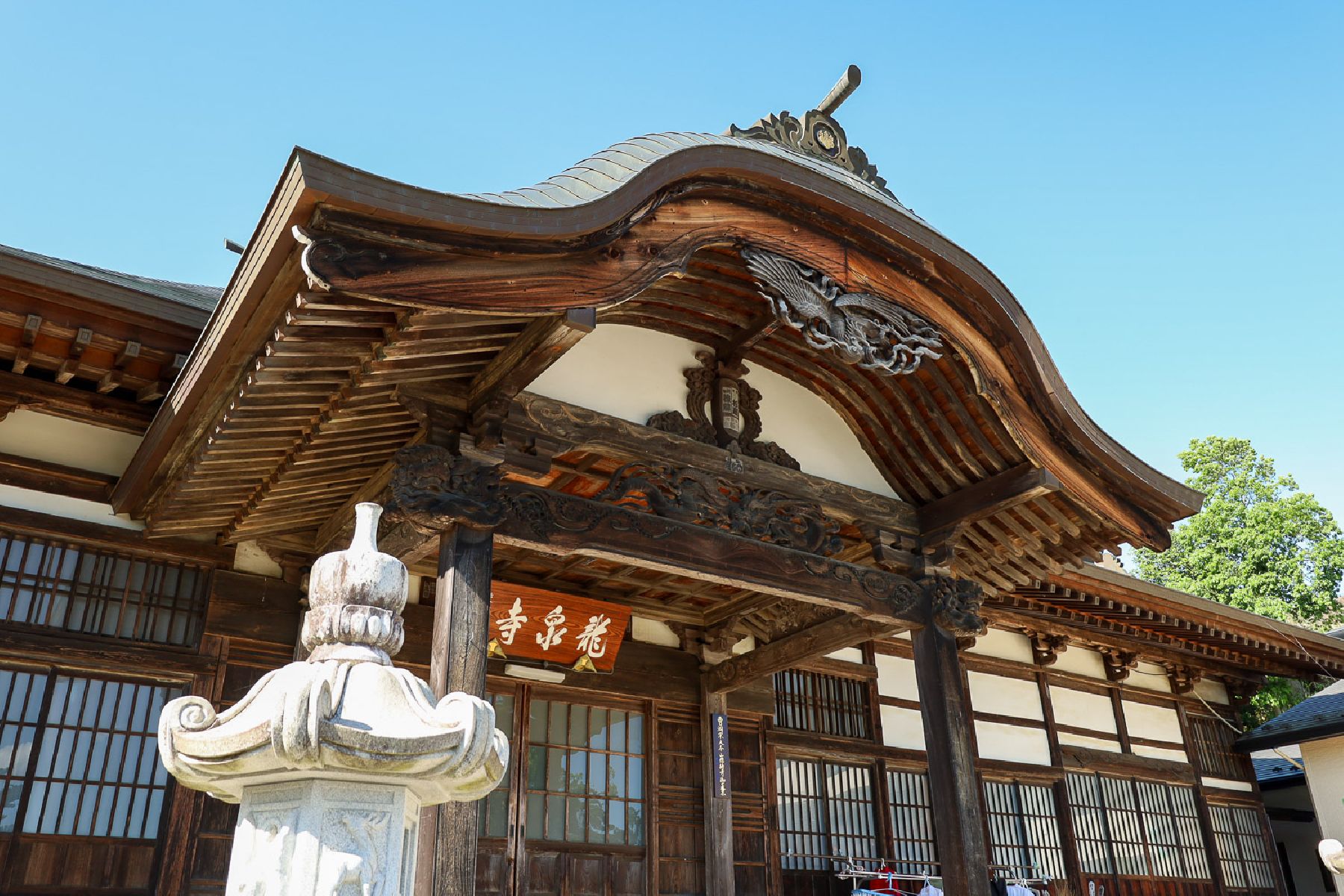- Home
- Itineraries
- Two Days, One Night in Fukushima Prefecture
Two Days, One Night in Fukushima Prefecture- Culture
- Aizu Area
- Central Area
- All Year
- 9 destinations
- Multi day
Looking to visit the best of Fukushima Prefecture in only a short time?
This itinerary aims to cover some of the prefecture's most popular spots in the space of a two day, one night stay, including lunch options and potential activities. The transport hub of Koriyama, served by both shinkansen (bullet train) services from Tokyo and local trains, is an excellent place to start your trip. The journey from Tokyo Station to Koriyama Station takes as little as 1 hour and 15 minutes on the shinkansen.
On this trip, you'll visit, among others:
- The ethereal thatched-roof village of Ouchi-juku
- Tsurugajo Castle, samurai fortress of the Aizu clan
- The double-helix architecture at Sazaedo Temple
- Goshikinuma Ponds, one of northern Japan's most beautiful natural areas
- The astonishing colours along the Bandai-Azuma Skyline sightseeing road
- The Fukushima 'Fruit Line' with dozens of orchards
This itinerary can also be combined with a beautiful cherry blossom spot like Hanamiyama or the thousand-year-old cherry tree Miharu Takizakura, if your trip falls in mid-April.
These spots are most easily traversed by car, so this article recommends renting a car at Koriyama Station. There are four rent-a-car spots near the station with English support and online bookings available:
However, much of the course can be accessed by public transport. The sights towards the mountainous Inawashiro region (Goshikinuma Ponds, Bandai-Azuma Skyline etc.) can be more difficult without a car.
Koriyama Station
1hr drive; 1h 30m train (Ban-etsu West Line to Aizu-Wakamatsu Station) then bus to Tsurugajo Castle
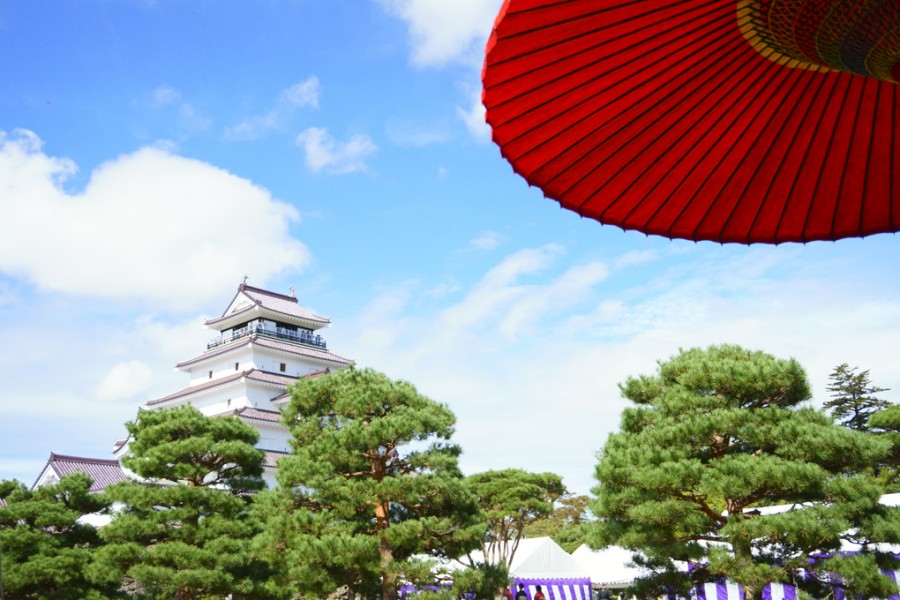
Tsurugajo Castle
- Aizu Area
10min drive; 30min bus (direct from Tsurugajo Castle or return to Aizu-Wakamatsu Station)
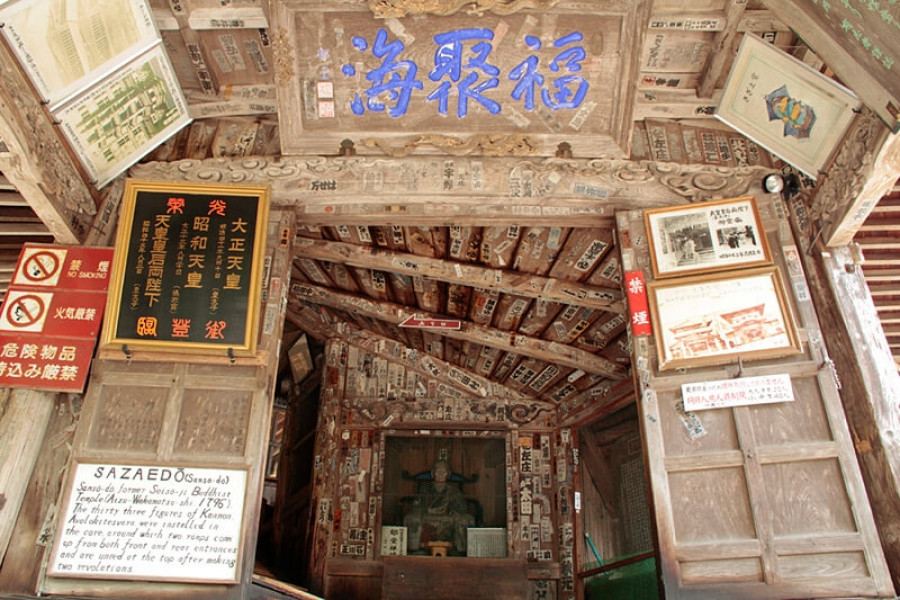
Sazaedo Temple
- Aizu Area
50min drive; 1h train from Aizu-Wakamatsu Station to Yunokami Onsen Station, then shuttle bus or taxi

Ouchi-juku
- Aizu Area
Return to Aizu-Wakamatsu City, then 13min drive, 25min bus from Aizu-Wakamatsu Station to Higashiyama Onsen
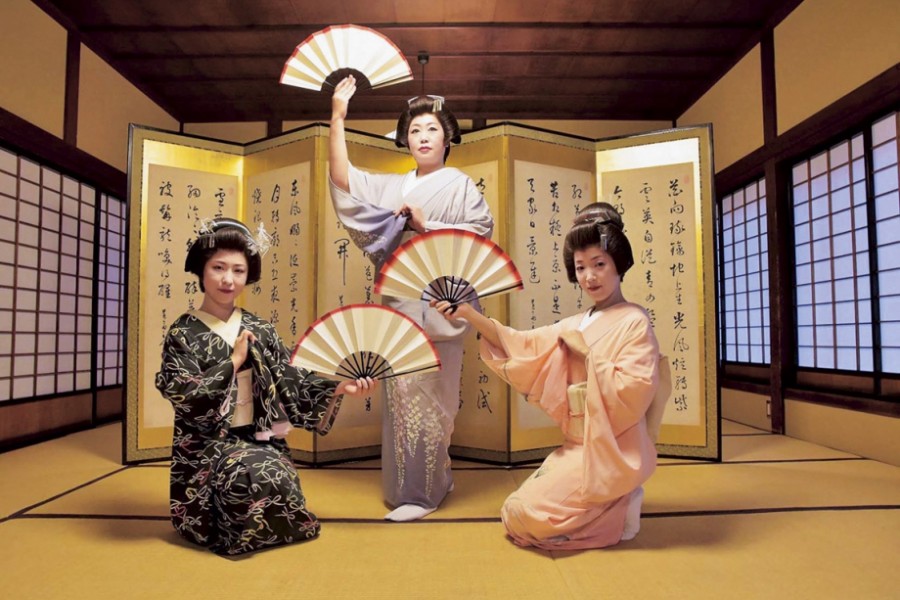
Higashiyama Onsen
- Aizu Area
45min - 1hr drive
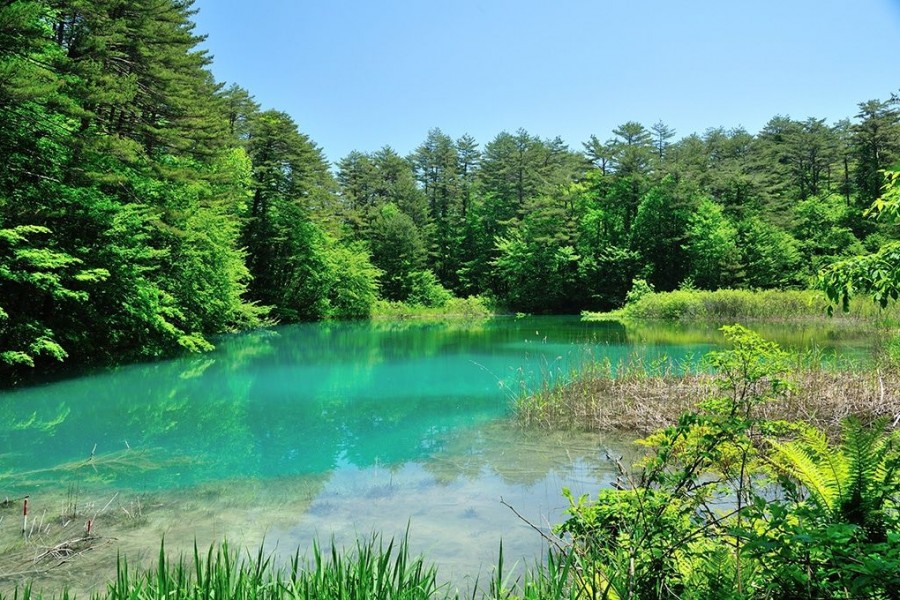
Goshiki-numa Ponds
- Aizu Area
1hr drive
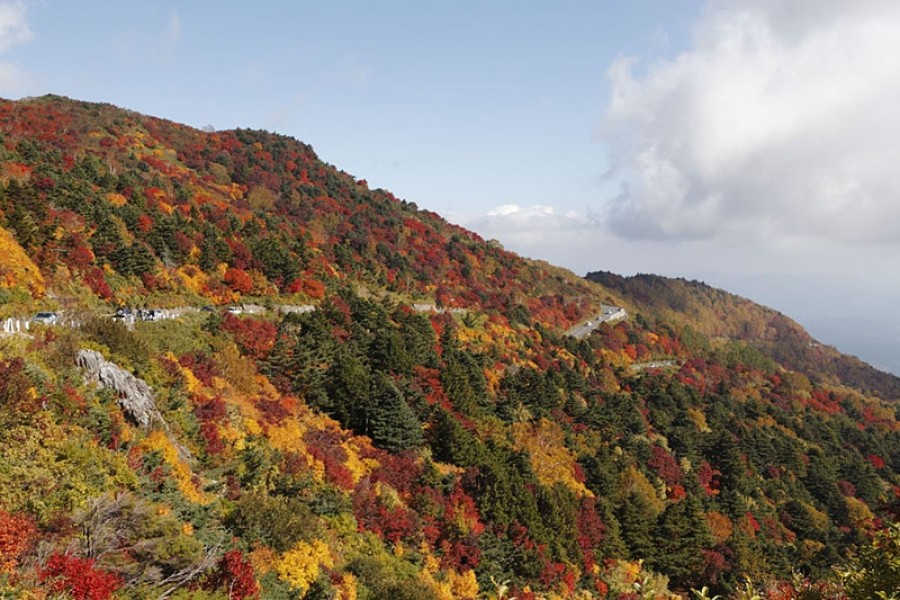
Bandai-Azuma Skyline
- Central Area
1hr drive; train from Fukushima Station (20min) to Iizaka Onsen Station, then rent bicycles at the station (10-15min cycle)
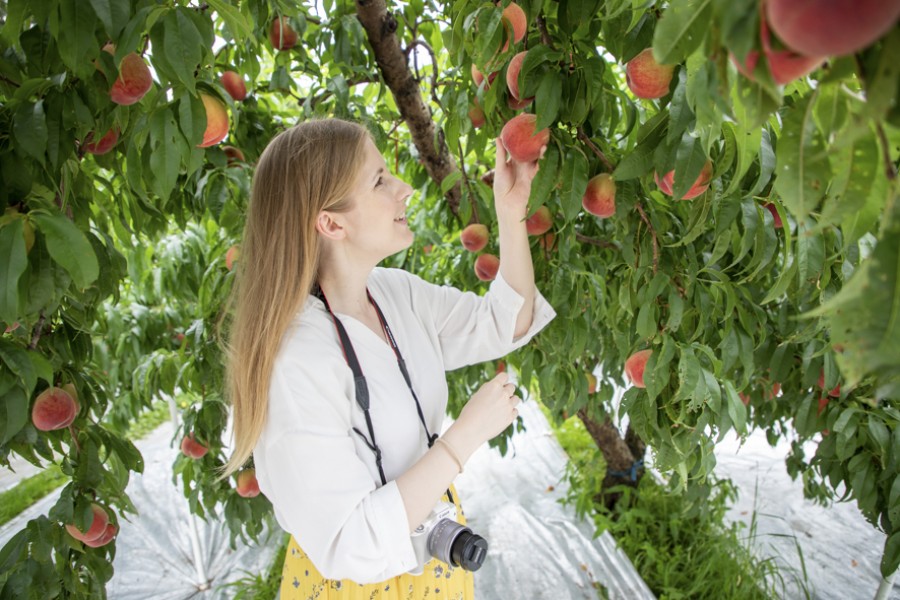
Marusei Orchard
- Central Area
10-15min cycle

Iizaka Onsen
- Central Area
20mins to Fukushima Station, then 5-10min walk to Corasse Fukushima

Fukushima Product Promotion Center
- Central Area
This itinerary leaves time on the afternoon of your second day in Fukushima to allow you to prepare for your trips elsewhere. However, if you’re still looking for potential activities, check the Fukushima Travel website for a full list, among them tatami making and lacquerware painting.

